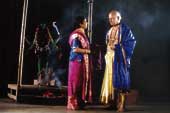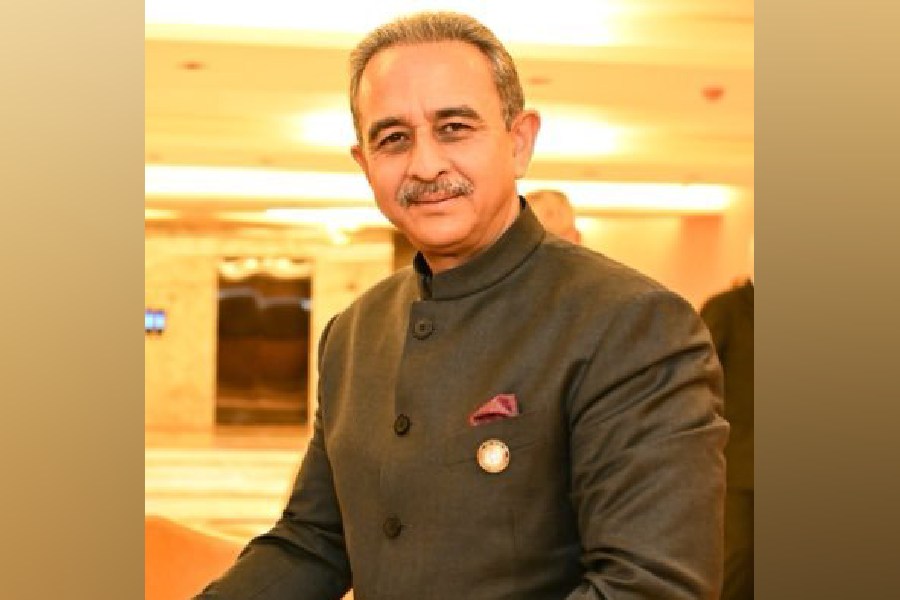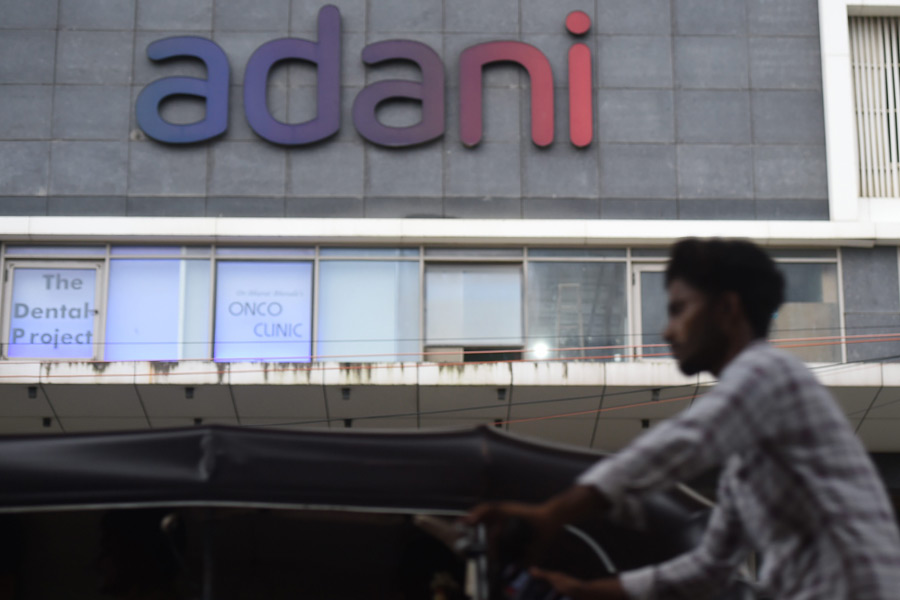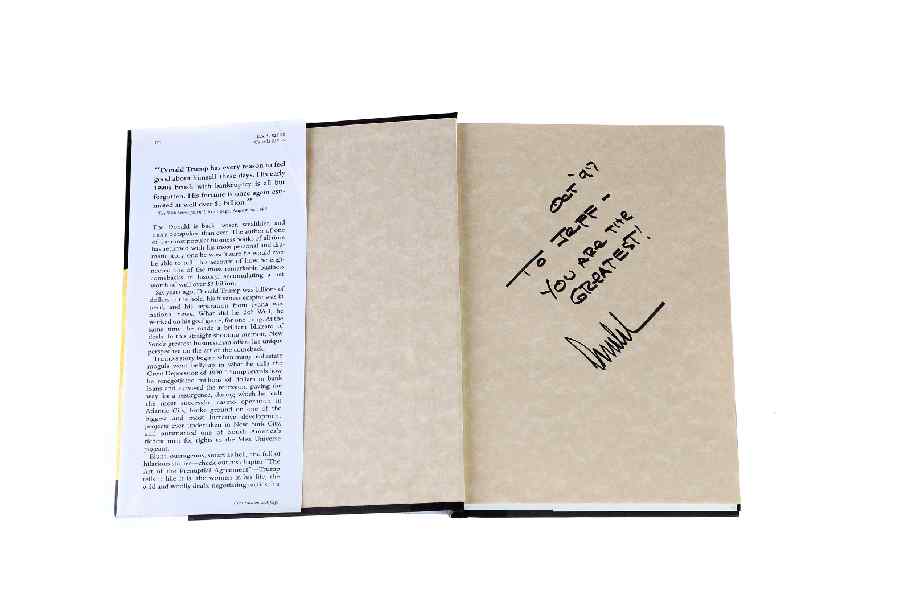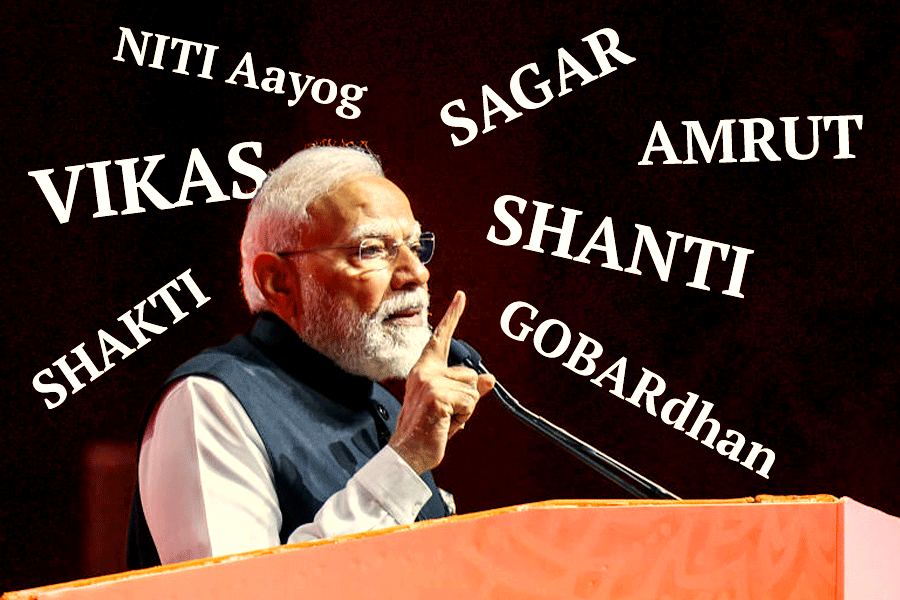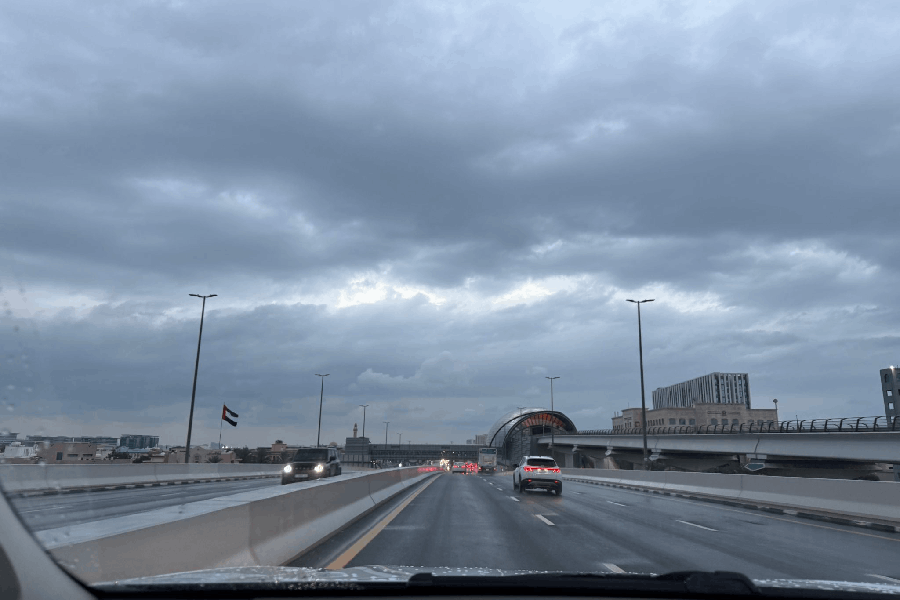 |
 |
| (From top) Rangakarmee and Naya Theatre members at a dress rehearsal for Visarjan; Tapas Sen supervises the lighting for the production Phulrani Aami Tiya |
The morning has just slipped away with its regimen of medicines and physiotherapy, and the ground-floor room where he sits leafing through a newspaper is ironically a darkened one. Ironical, for the sole inhabitant of the room is a magician of lights. And at 81, Tapas Sen remains very much in the spotlight, with his latest work Visarjan premiering at Madhusudan Mancha on Saturday.
You have been part of several productions on Bisarjan?
Tagore?s Bisarjan seems to be a favourite with Bengali theatre groups. I have had the good fortune of being a part of several productions of Bisarjan... Theatron?s directed by Salil Bandopadhyay, one by Theatre Workshop and several lesser ones.
But this forthcoming one seems to me the most meaningful. Here we have one of India?s senior-most theatre directors Habib Tanvir and his Naya Theatre from Bhopal collaborating with one of Calcutta?s foremost directors Usha Ganguli and her Rangakarmee members. So, people from all over India and all communities are coming together to spread the message of Tagore. The Delhi premiere, which I couldn?t attend because of ill health, was a historical event.
What attracted you to the project, the play or the players?
Primarily, the play. Bisarjan captures quite an important episode of Tagore?s life and his links with Tripura. What has always haunted me was how Tagore came to write the story. The inspiration came as a dream. He had fallen asleep and had a vision of a strong light falling on some temple steps streaming with blood and there was this voice of a child asking ?Eto rakto keno?? Tagore went on to write Rajarshi, then The Sacrifice and finally Bisarjan.
And I have always enjoyed working with Usha. Over 30 years, she has repeatedly roped in old people like Khaled Chowdhury (art director) and me! I am 81 and Khaled is three or four years my senior, but it is always invigorating to work on things you believe in. It?s true that Khaled was not a part of this project, but we are still a team.
What about Habib Tanvir?
He amazes and inspires me. Habibsaab is a year older than me and has recently lost his wife Monica, but he has got this play running in less than a month. He was there on time, every rehearsal day and leaning on a stick moved up and down the stage guiding the actors and dancers. The team encountered so much difficulty finding practice space. We used the Abhinav Bharati auditorium for a few days then it was Gaganendra Pradarshashala, then a community hall on the third floor in Garfa? It was trying for seniors like us. But it was wonderful to find that as far as the pictorial quality of the play was concerned, Tanvir and I shared many views. We had differences of opinion but he also accepted some of my suggestions. He had this small diary where he would repeatedly take notes, scribble directions, make detailed sketches for us all to consult.
How has your lighting style changed, say from when you recreated the flooded mines in Angaar in 1959 which got you the nickname ?Tapas Light Sen? to Visarjan?
This is something I find embarrassing and impossible to say accurately, but I think my lighting has become more suggestive. Each play demands a different kind of approach. Each Bisarjan production was different from the other because the directors and their attitudes were different. One also had to keep the convenience of the actors in mind. Even in Visarjan, I have followed the directorial notes to a large extent, but I think you will find that the memories of Tagore?s dream have given my lighting that illusory quality. Instead of gimmicks and special effects, I now try to leave things more to the viewer?s imagination. It also helps to use suggestive lighting because we are still so backward in terms of technology and equipment.
So what comes after Visarjan?
I am already working on something. I have been asked by Philips India to design an illumination for Howrah bridge. The project belongs to Calcutta Port Trust. You see, the real name of the bridge is Rabindra Setu. So we are working on something linking Tagore, Bengal and the bridge. It is going to be a complex affair but it will be ready by next year, though I am so heavily dependent on medicines and can?t hear very well, even with hearing aids. The doctors have asked me to follow lip movements but tell me, how can one communicate with all those workers? Even as I talk to you I realise it?s time for my next injection?one learns to live with such things at the end of one?s life.

